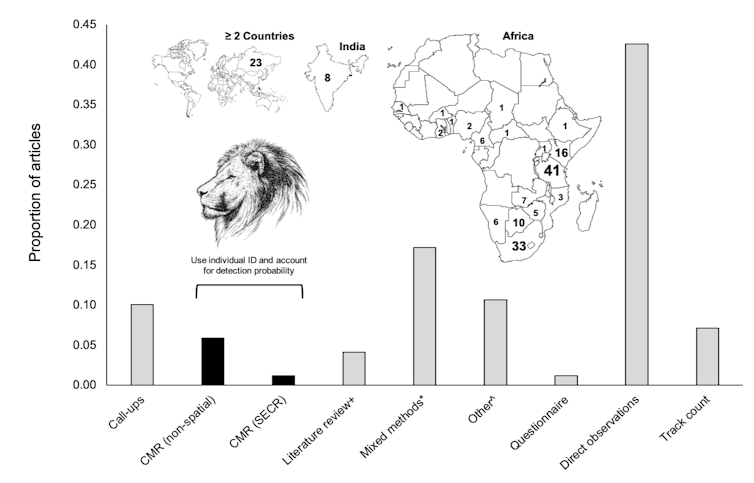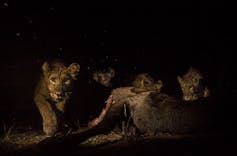Wildlife trackers said that they have not been paid since March and that their service contracts, which are generally renewed in May every year, have not been renewed till date this year.
Written by Gopal B Kateshiya | Rajkot | Updated: June 29, 2020 11:27:51 pm
The service contract renewal and salary payments to wildlife trackers working at the Asiatic lion landscape in the Greater Gir area have been delayed as the Gujarat State Lion Conservation Society (GSLCS) couldn’t hold its annual meeting to discuss the same due to the Covid-19 outbreak.
Wildlife trackers said that they have not been paid since March and that their service contracts, which are generally renewed in May every year, have not been renewed till date this year.
“My salary is around Rs 10,000 and I had not been paid for the last three months… Not getting it for three consecutive months makes it all the more difficult to support one’s family, even though one continues to work,” said a tracker who tracks the movement of wildlife, with special focus on Asiatic lions, in Gir forest everyday.
The tracker said that he received his salary for May and wages for the work he had done during the non-contract period in April, only two days ago.
“For the last four years, our salaries have not been increased even though we do the bulk of the work of tracking Asiatic lions and rescuing them… We mostly ride our two-wheelers while on duty but don’t get any petrol allowance,” said another tracker from Shetrunji wildlife division, adding that he was awaiting his salary for April and May.
There are 160 wildlife trackers working in Gir forest and other protected areas where Asiatic lions are found. These trackers are local people who know about behaviour, habits, routines, etc. of lions, keep a track of daily movement of major fauna of Gir landscape and assist the forest department.
They are engaged by GSLCS on 11-month-long contracts, which are usually signed in May and expire in March. The trackers continue to work in April but in the absence of a formal contract, they get paid their wages through vouchers.
These trackers were also a part of forest department teams which conducted the exercise to estimate the population of Asiatic lions even though they didn’t have formal service contracts, said sources.
Shyamal Tikadar, principal chief conservator of forests (PCCF), chief wildlife warden of Gujarat and GSLCS chairman, said, “The meeting was scheduled to take place in April but we couldn’t hold it due to the pandemic and therefore, there was a delay in paying salaries and renewal of contract. Now, we have issued a circular as an interim arrangement and besides Shetrunji division, trackers in other divisions have been paid their salaries with arrears.”
Tikadar said payments were still pending in Shetrunji division as it is a newly-created division and there is a shortage of staff.
Dushyant Vasavada, CCF of Junagadh wildlife circle, said Shetrunji division will pay salaries soon. “Being a new division, it had teething problems. The deputy conservator of forests there didn’t have financial powers until very recently. Now, it has been sorted out and the trackers there would be paid their salaries within a couple of days,” said Vasavada.
The member secretary also rejected allegations of not increasing salaries. “Just last year, we had increased salaries by around 10%,” he said.
https://indianexpress.com/article/india/gujarat-with-lion-society-meet-postponed-salaries-of-wildlife-trackers-delayed-6482263/
https://indianexpress.com/article/india/gujarat-with-lion-society-meet-postponed-salaries-of-wildlife-trackers-delayed-6482263/









